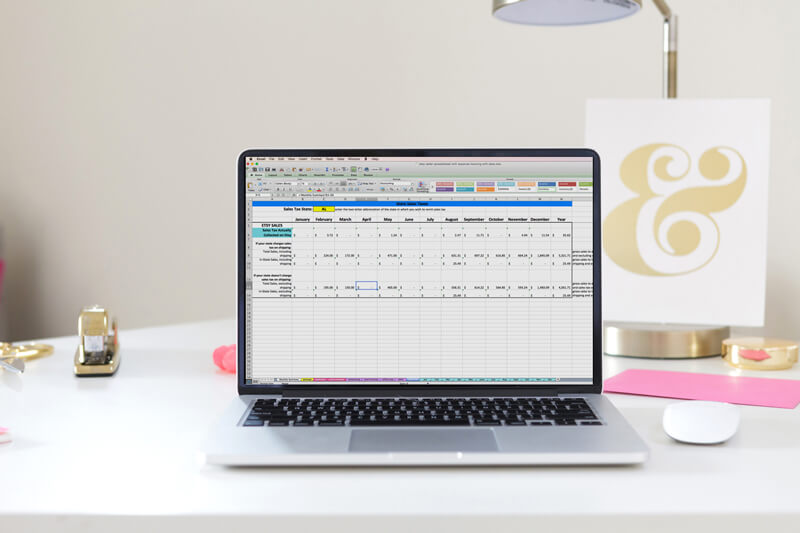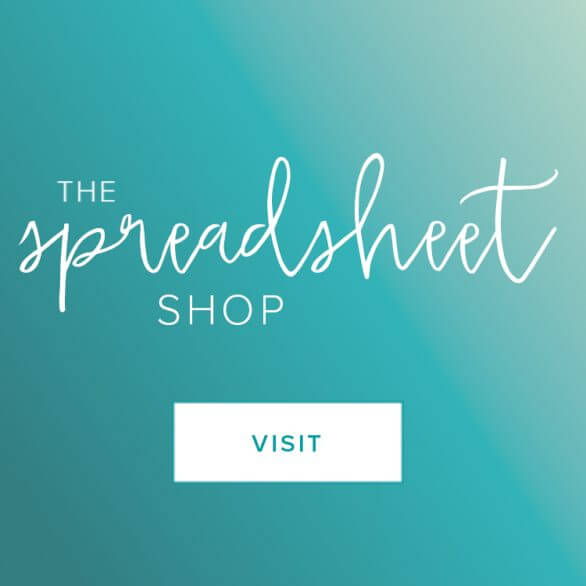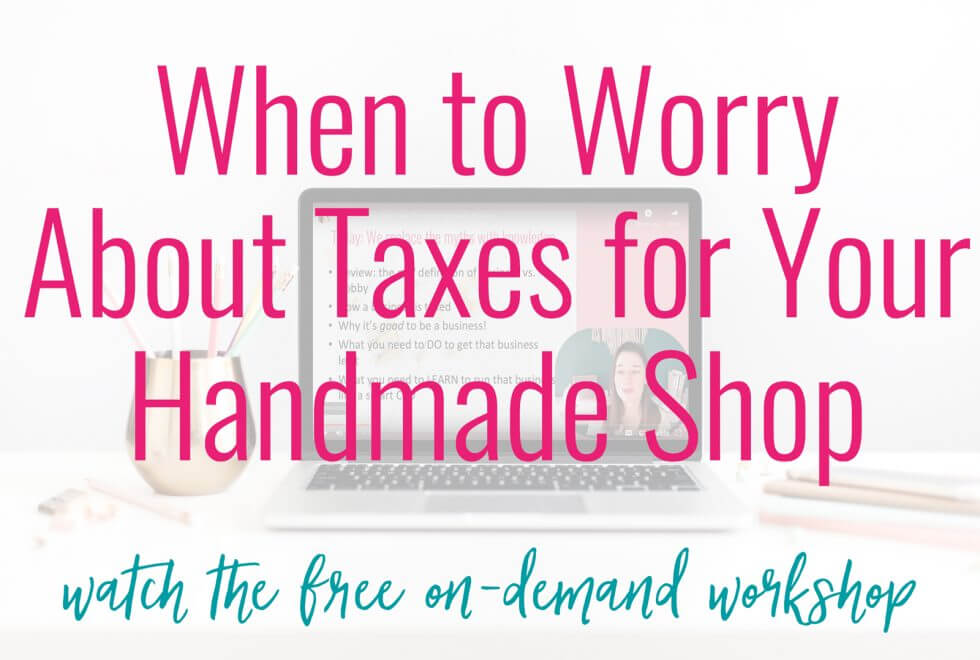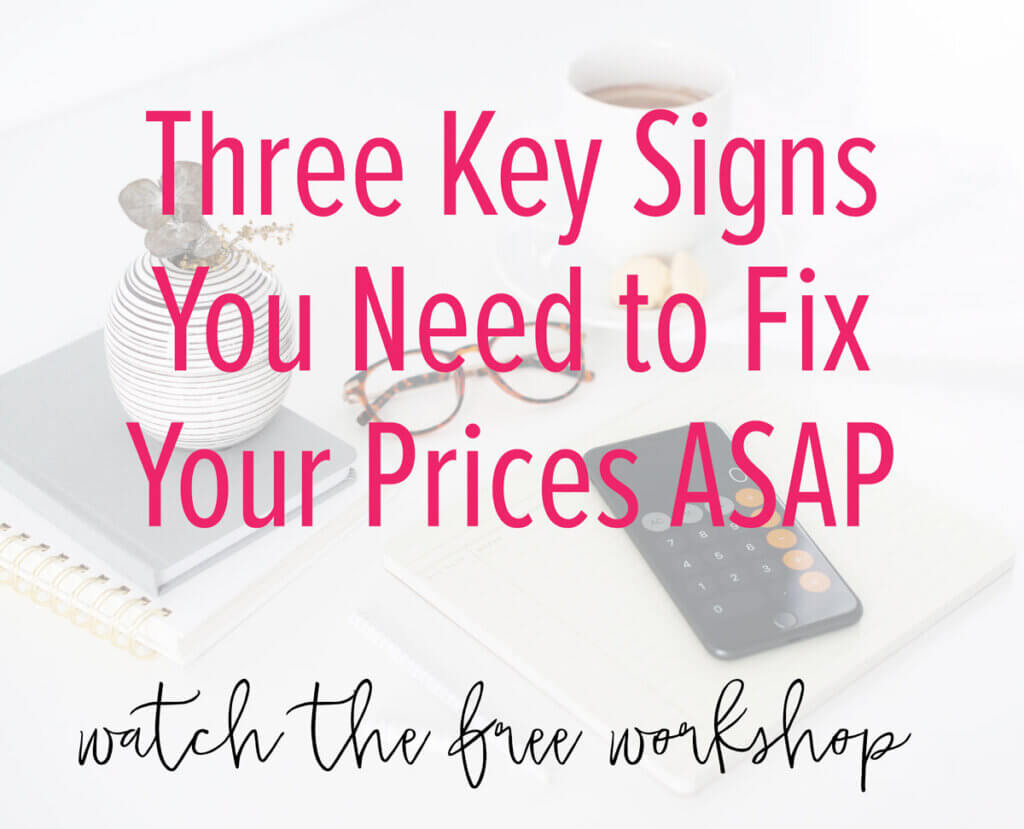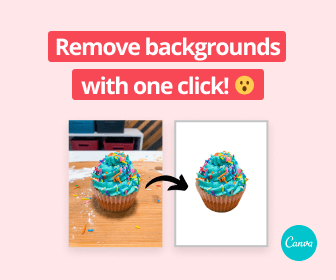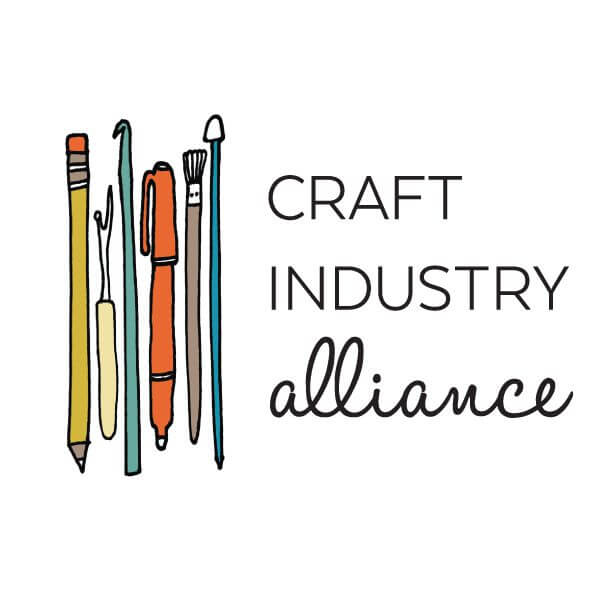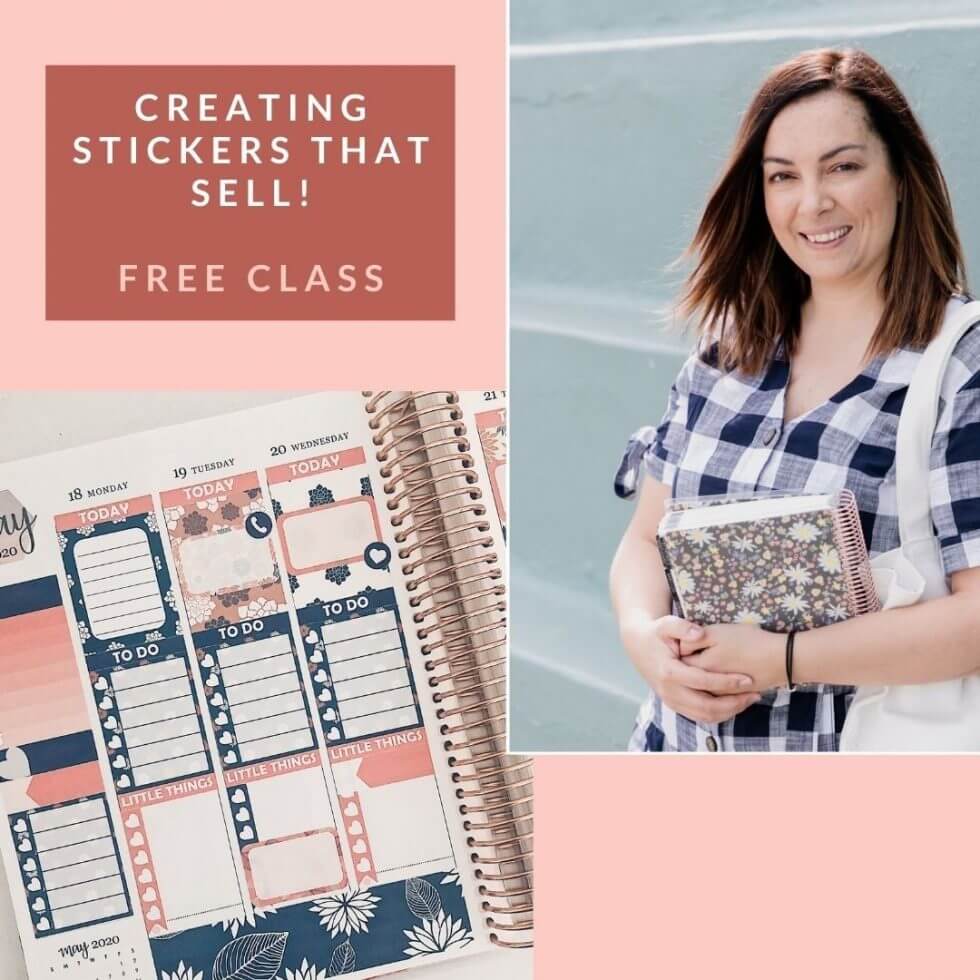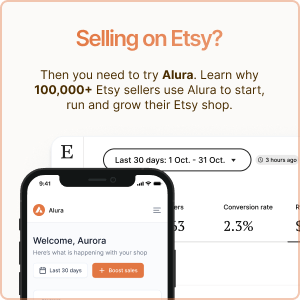I’ve been talking a lot about pricing lately, and in a previous post I mentioned how so many creatives, makers, and artisans routinely underprice their handcrafted goods. We’ve discussed my suggested handmade pricing formula, how to tweak that formula to fit your biz needs, and why underpricing means working harder for less money. Today we’re going to address a question I hear all the time – how should I price myself in comparison to my competition?
By the way, don’t forget to grab your free handmade pricing calculator right here.
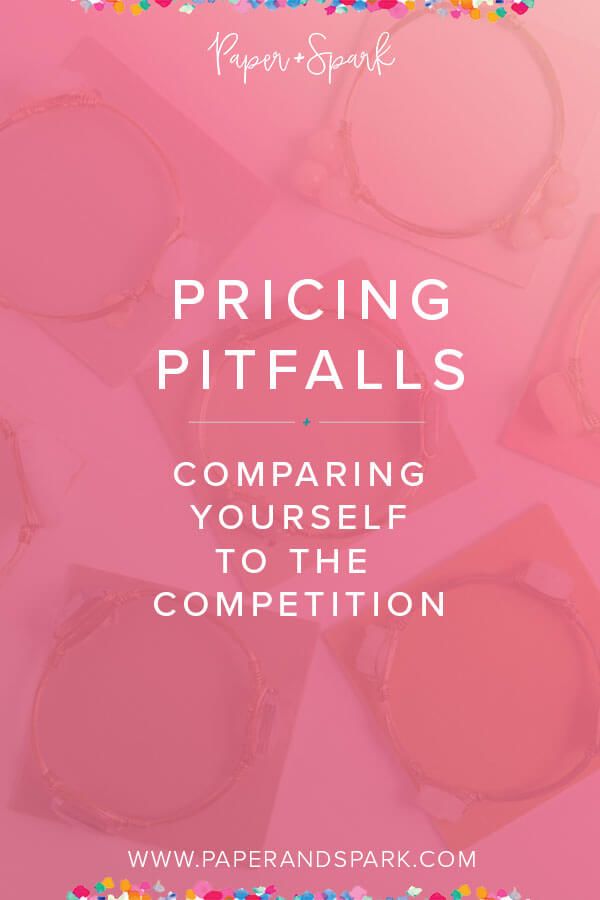
pricing your product to be competitive
Your product, brand, and shop are unique to you. A lot of your competition is probably under-pricing themselves; this is a chronic problem in the Etsy marketplace and puts pressure on everyone else.
This is especially true now with all the controversy about manufactured or factory products coming in from other countries and being listed on Etsy. On that note, you cannot compete with a factory overseas on cost; it’s never going to happen, so move on from that frustration now. Let’s talk about your pricing vs. all those other legit handmade shops out there selling similar items.
Your under-priced competition might be making lots of sales but still losing money at the end of the day. They might not still be in business next year. My advice to you – Don’t worry so much about competing with everybody else. Even if a higher price means fewer sales, you’d rather fewer sales and more bottom line profit than lots of sales and a zero dollar bank account balance.
Also, remember that customers equate pricing with value. There are a surprising amount of potential customers out there who compare your items to other shops and will make assumptions on the quality of each shops’ items based on the price. You don’t necessarily want to miss out on sales because your items are priced so low that a customer is suspicious and thinks the low price means low quality, right?
If your pricing equation seems to be telling you to price your goods at prices lower than your competitors, then great. Life’s peachy. You can start there and have room to grow and increase profits as your demand and brand visibility improves. In the more likely event that your pricing equation prices you at or above your competition, that’s ok. I know it can feel a bit icky to be charging $3 more than everybody else, but it can be done.

pricing is all about value
To justify your higher prices (both to yourself and to your potential customer), you need to think about the qualitative value of your products and your brand. Think of ways to add value in a qualitative way; here are a few examples:
- Professional, clear, bright photographs
- Succinct product descriptions that appeal to your target market
- Awesome customer service (quick shipping turnaround, great response time to convos, coupons & rewards for repeat customers)
- High-quality supplies and a focus on the effort and talent going into creating your handcrafted product
- Building an engaging brand story with your copywriting, social media accounts, graphics, etc.
Think about pricing for your target market. Your ideal customer is someone who values your product at the price you’ve set. You don’t need to be the Wal Mart of handmade goods. Don’t feel like you need to have the lowest price in town. If you are able to successfully add value to your product/brand, and communicate this value (beyond the price) to your target customer, then you’ll be golden.
Remember, if you truly opened shop to create a biz (and not a hobby), you want your business to be sustainable, and that means covering your expenses AND still having some money to put in your bank account at the end of the day. Why are you in business? To be able to quit your day job? To finance your supply purchases? To have extra vacation money? It’s likely that you won’t achieve your goals without making some profit (revenue>expenses) from this venture.
a real life pricing example
Here’s an honest story from my own experience. I sold rosette studs, which at one point in time seemed like the most common thing sold on Etsy. I sell mine for about $11-$13, which is what I’ve calculated as a profitable sales price for me. I believe that they are worth this price based on not only the inputs of my pricing formula, but also the quality of the materials, the customer service I provide, and the work put into each piece.
…But I see other Etsy shops selling them for as low as $3. Three dollars! Does it keep me up at night knowing my potential customer might not buy from me when they could get earrings elsewhere for $3? No. You might think I’m crazy, but my rosette studs were still, by far, my best-selling products. I might not sell as many as my competitor selling them at $3 a pop, but I can sell a lot fewer pairs and make the same amount of profit at the end of the day as a competing shop selling more for less. Make sense?
bottom line – be sensible & find a formula that works for you.
Obviously, if this formula is giving you a price that you feel uncomfortable about it, then you should adjust it (check out ideas for tweaking your formula here). If you are hesitant to price your item as high as the formula is calculating, make sure you aren’t selling yourself short. Price your product as close to that number as you’re willing to go, and see how customers respond to that price. You might be surprised.
Our inventory cost & pricing spreadsheet is a great tool to get you more comfortable with your pricing. First, you can input all your supply costs to determine how much an item truly cost you to create (that’s really an important step!), then, you can use the flexible pricing formula to come up with a price that you’re comfortable with.
A lot of us under-price and under-value our goods. Don’t let the fear of not making sales due to a higher price and/or trying to compete with other shops keep your prices too low. It’s up to you to set a price and convince customers why that price is totally worth it for your amazing products. Remember the reasons why you started your creative business. Chances are, being financially successful was probably on that list. You will feel so much more energized, encouraged, and productive if, at the end of the day, you see that your business is thriving and making money.

